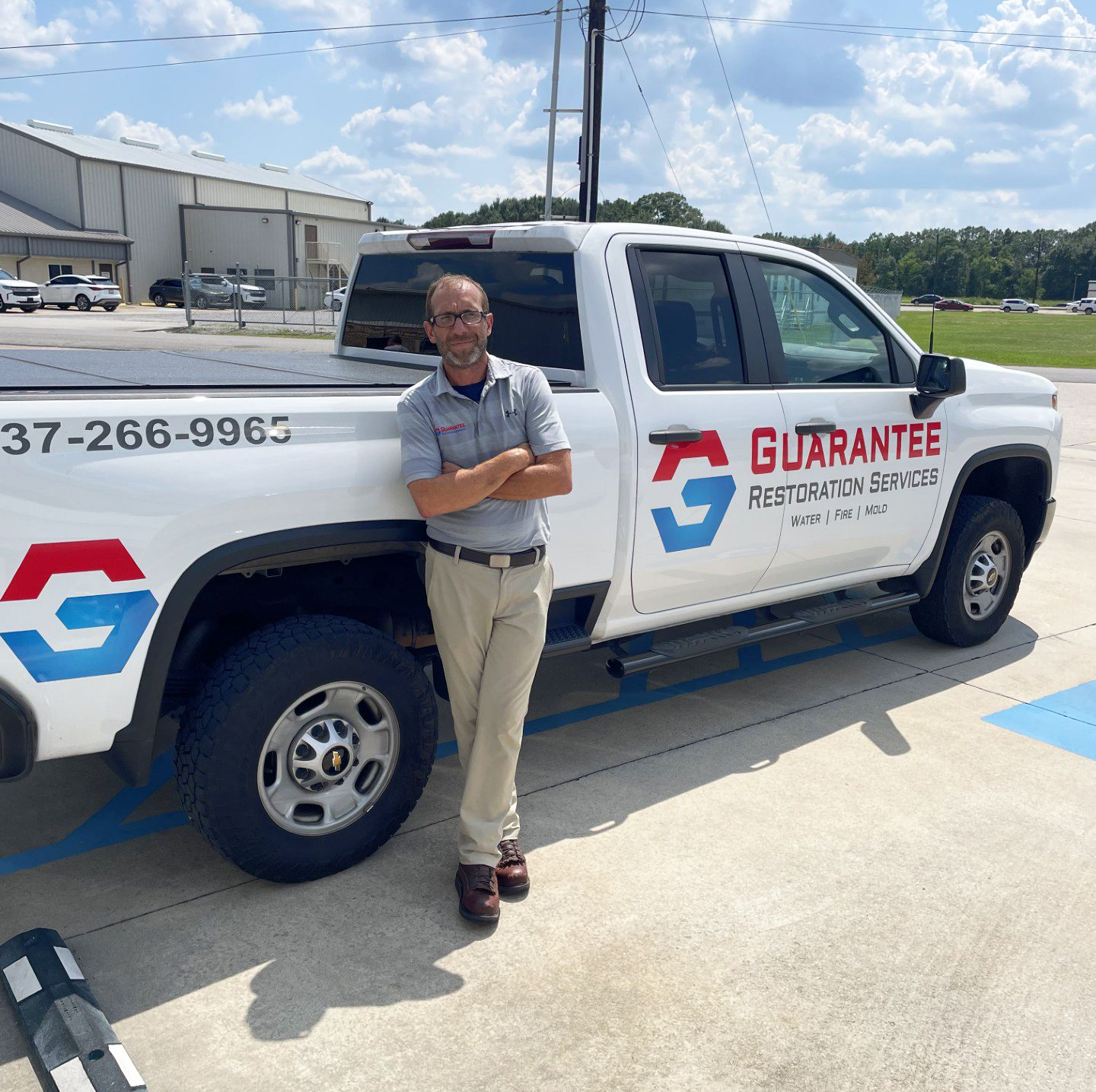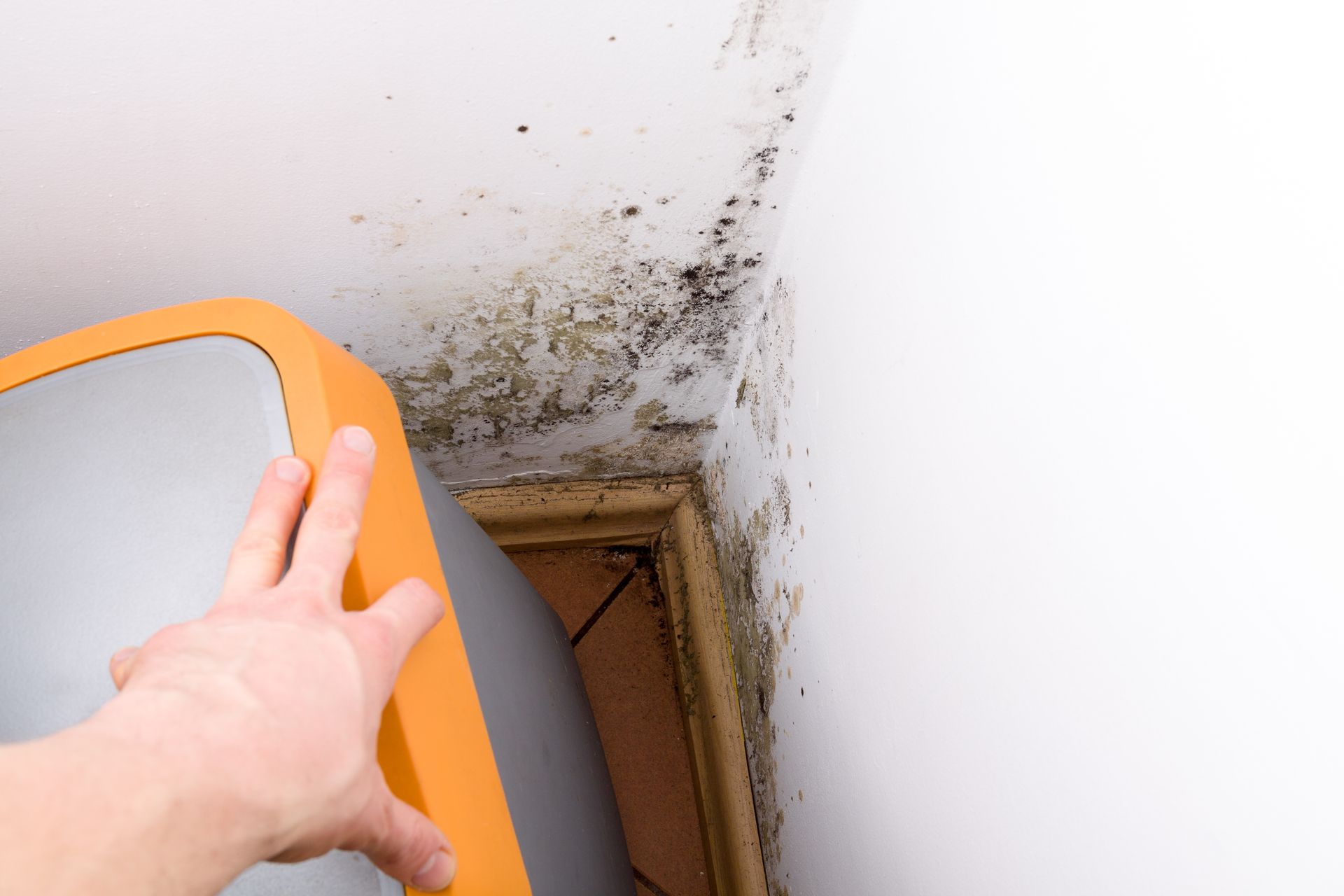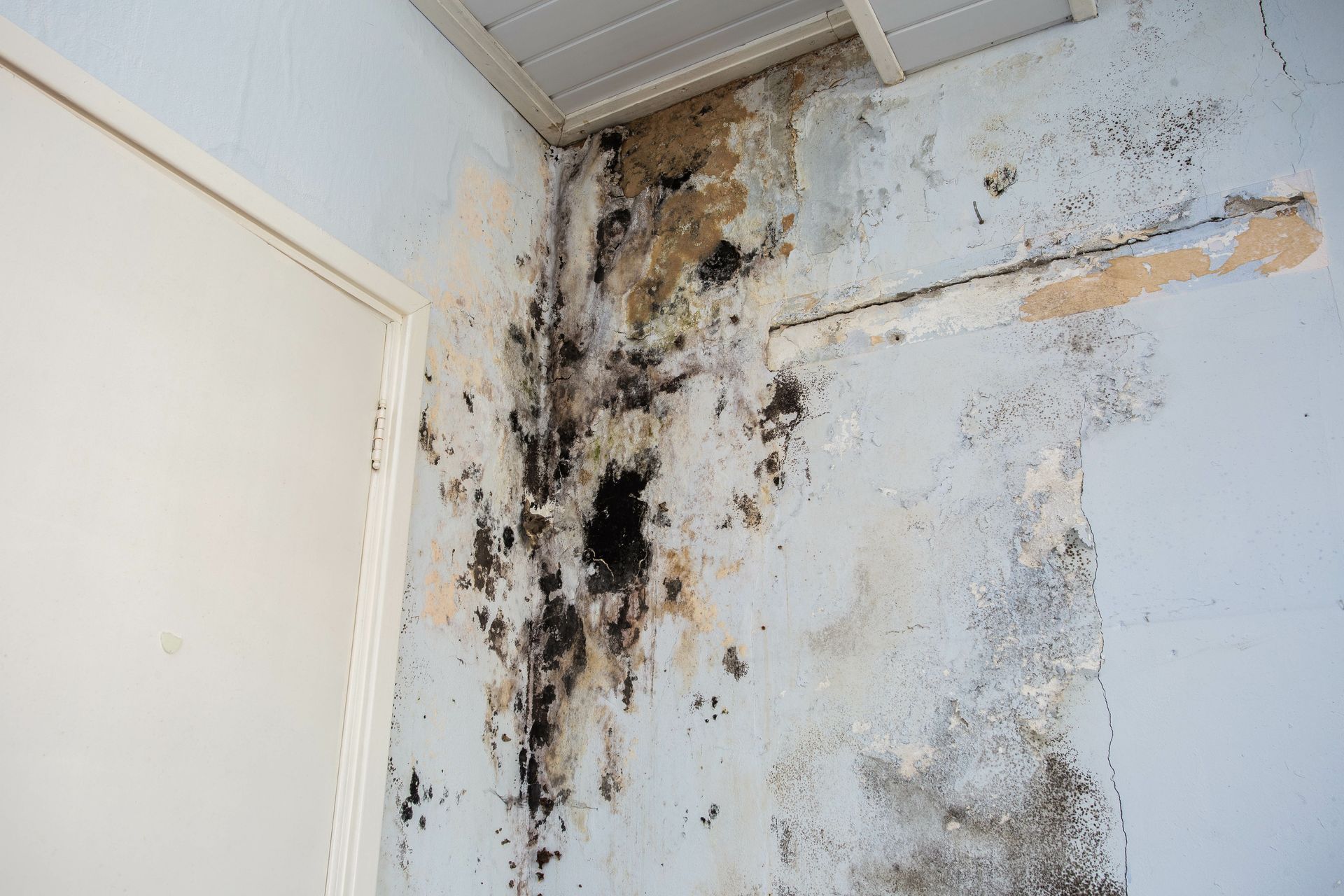Duct Cleaning Services: How Dirty is Your HVAC System?
The HVAC system in your home and business is critical to the comfort and health of your family and employees. The accumulation of dust and dirt, along with the development of mold can cause serious respiratory health issues, as well as increase the wear and tear on your HVAC system. Mold can quickly and easily gain entry into the ducts that move the air through your HVAC, compromising the air quality, and allowing spores to spread through your home or office. Let’s take a closer look at what mold can do and how to address dirt, dust, and fungus in your heating, ventilation, and air conditioning systems.
What Types of Mold and Bacteria Can Infiltrate Your HVAC System?
There are many different types of mold that can grow in air ducts. The most common include Alternaria, a dark green or brown mold that spreads quickly. There is also Acremonium that can present itself in several colors and has a powdery appearance. Stachybotrys, or black mold, is a toxic species of mold that can cause nose bleeds, headaches, coughing, and fever. If you’ve experienced watery eyes, sneezing fits, or respiratory issues, or have noticed a dank odor while the HVAC system is running, you may have mold in your ducts.
How Do You Know if Your HVAC System is Dirty?
There are several things that you can check to determine if the time has come to have your HVAC system and its ducts cleaned. Not only can noticing these signs help your system to perform at its best, but it can enhance the overall air quality in your space. Check for dirty vent covers, any dirt or debris that accumulates on these means that your ducts need to be cleaned. Inconsistent air flow is another symptom of dirty ductwork. Dust, dirt, mold, or other things could be obstructing the ventilation.
When is the last time that you changed your air filter? If it’s been a while, dust and dirt could be built up in the ducts due to an old, clogged filter. Higher than normal utility bills can also point to your HVAC system working inefficiently due to being dirty. Lastly, if you notice mold from a leaky roof, plumbing, or other source of humidity on walls, ceilings or other places, its likely that it is in your ductwork as well and needs to be remediated as soon as possible.
Can You Prevent Mold from Developing in Your HVAC System?
While mold is a common occurrence in the humid, tropical climate of the gulf south, there are steps that you can take to mitigate the risk of it infiltrating your HVAC and ductwork. Begin by maintaining a dry environment in your home or office. Mold grows well and spreads in damp areas, so be sure to repair any leaks as soon as possible. Having your ducts professionally cleaned and sanitized on an annual basis is also effective in preventing mold growth. Performing other routine maintenance of your HVAC system, like changing air filters each month and checking its performance can help you to minimize the likelihood of mold and other dirt and debris buildup in your ventilation systems.
The professional mold remediation and HVAC cleaning experts at Guarantee Restoration can help to eradicate mold, dirt, and dust in your residential and commercial buildings. These services will restore the health, safety, and comfort of the air in your home and business.






